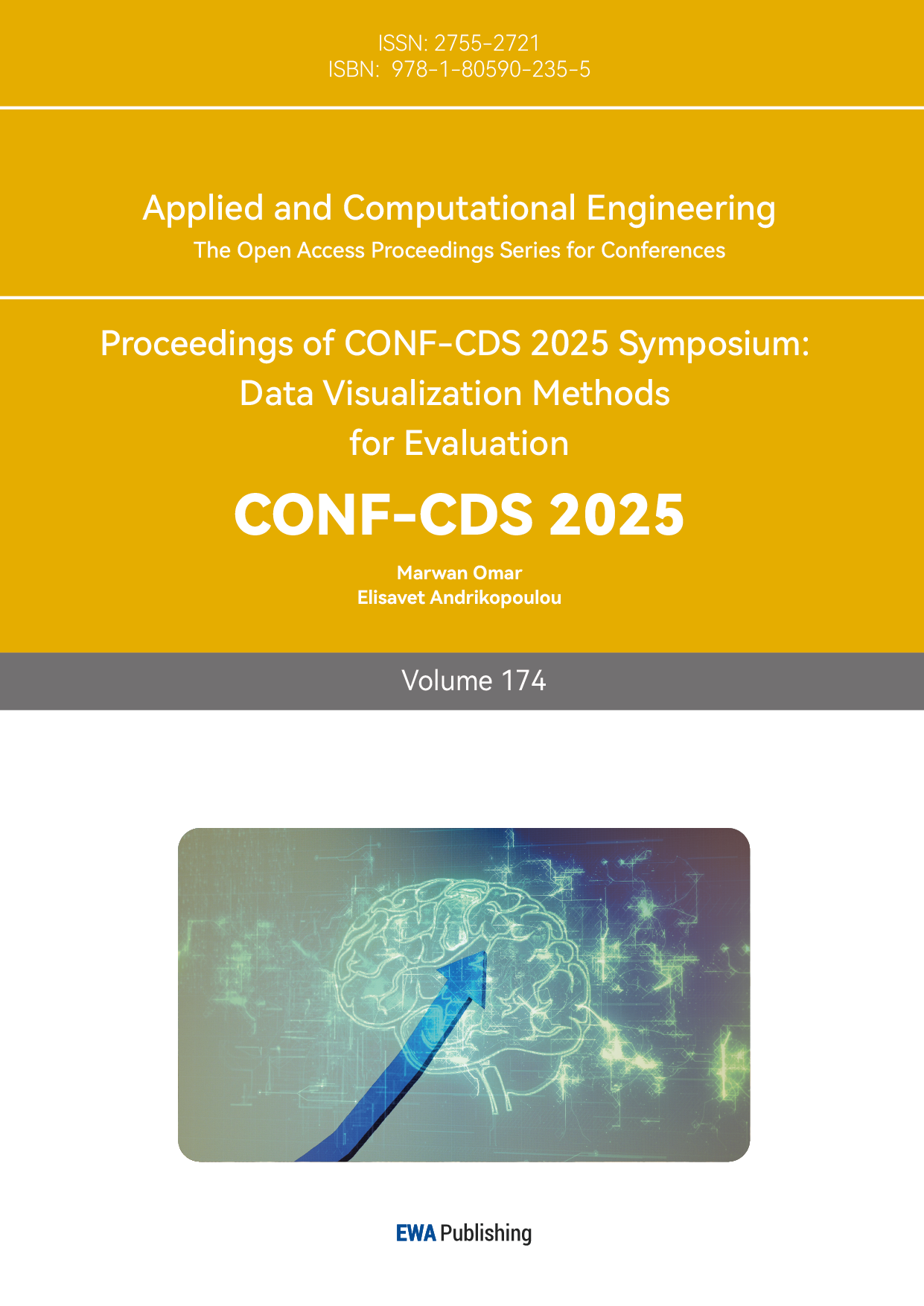References
[1]. H. Ali, W. K. Wan Ahmad, H. Muthusamy, and M. Elshaikh, "Illumination effects on facial expression recognition using empirical mode decomposition, " in Proc. ICAROB, vol. 29, pp. 653-660, Feb. 2024.
[2]. K. P. Rao and M. V. P. C. S. Rao, "Illumination invariant facial expression recognition using convolutional neural networks, " Int. J. Recent Technol. Eng., vol. 8, no. 4, pp. 6140-6144, Nov. 2019.
[3]. S. Kuruvayil and S. Palaniswamy, "Emotion recognition from facial images with simultaneous occlusion, pose and illumination variations using meta-learning, " Journal of King Saud University - Computer and Information Sciences, vol. 34, no. 9, pp. 7271-7282, 2022.
[4]. A. Ruiz-Garcia, V. Palade, M. Elshaw and I. Almakky, "Deep Learning for Illumination Invariant Facial Expression Recognition, " 2018 International Joint Conference on Neural Networks (IJCNN), pp. 1-6, 2018.
[5]. Karu Prasada Rao and M. V. P. C. S. Rao, "Illumination Invariant Facial Expression Recognition using Convolutional Neural Networks." International Journal of Recent Technology and Engineering (IJRTE) 8.4 (2019): 6140-6144.
[6]. R.A. Elsheikh et al., "Improved facial emotion recognition model based on a novel deep convolutional structure." Scientific Reports 14 (2024): 29050.
[7]. Sukhavasi SB et al., "Deep Neural Network Approach for Pose, Illumination, and Occlusion Invariant Driver Emotion Detection." International Journal of Environmental Research and Public Health 19.4 (2022): 2352.
[8]. Huanjie Tao and Qianyue Duan, "Hierarchical attention network with progressive feature fusion for facial expression recognition." Neural Networks 170 (2024): 337-348.
[9]. Cui Xinyu, He Chong, Zhao Hongke et al. "Facial expression recognition by integrating ViT and contrastive learning." Journal of Image and Graphics, 29.1 (2024): 123-133.
[10]. Licai Sun et al., "MAE-DFER: Efficient Masked Autoencoder for Self-supervised Dynamic Facial Expression Recognition." Proceedings of the 31st ACM International Conference on Multimedia (2023).
[11]. Yang M et al., "Fisher discrimination dictionary learning for sparse representation." IEEE International Conference on Computer Vision (2011): 543-547.
[12]. Wang Huixing, Huang Bo, Gao Yongbin et al. "A review of some methods for face recognition with partial occlusion." Journal of Wuhan University (Science Edition) 66.5 (2020): 451-461.
[13]. OU W H,LUAN X,GOU J PJ N al. Robust discriminative nonnegative dictionary learning for occluded face recognition [J]. Pattern Recognition Letters,2018,107:41-49. DOI:10.1016/j.patrec.2017.07.006.
[14]. Lianghai Jin et al., "Quaternion Deformable Local Binary Pattern and Pose-Correction Facial Decomposition for Color Facial Expression Recognition in the Wild." IEEE Transactions on Computational Social Systems 11.2 (2024).
[15]. Bulat A and Tzimiropoulos G, "How far are we from solving the 2D & 3D face alignment problem? (And a dataset of 230, 000 3D facial landmarks)." IEEE International Conference on Computer Vision (2017): 1021-1030.
[16]. Xiao Li et al., "Accurate Head Pose Estimation Using Image Rectification and a Lightweight Convolutional Neural Network." IEEE Transactions on Multimedia 25 (2023).
[17]. Yaoxing Wang et al., "HeadDiff: Exploring Rotation Uncertainty With Diffusion Models for Head Pose Estimation." IEEE Transactions on Image Processing 33 (2024).



